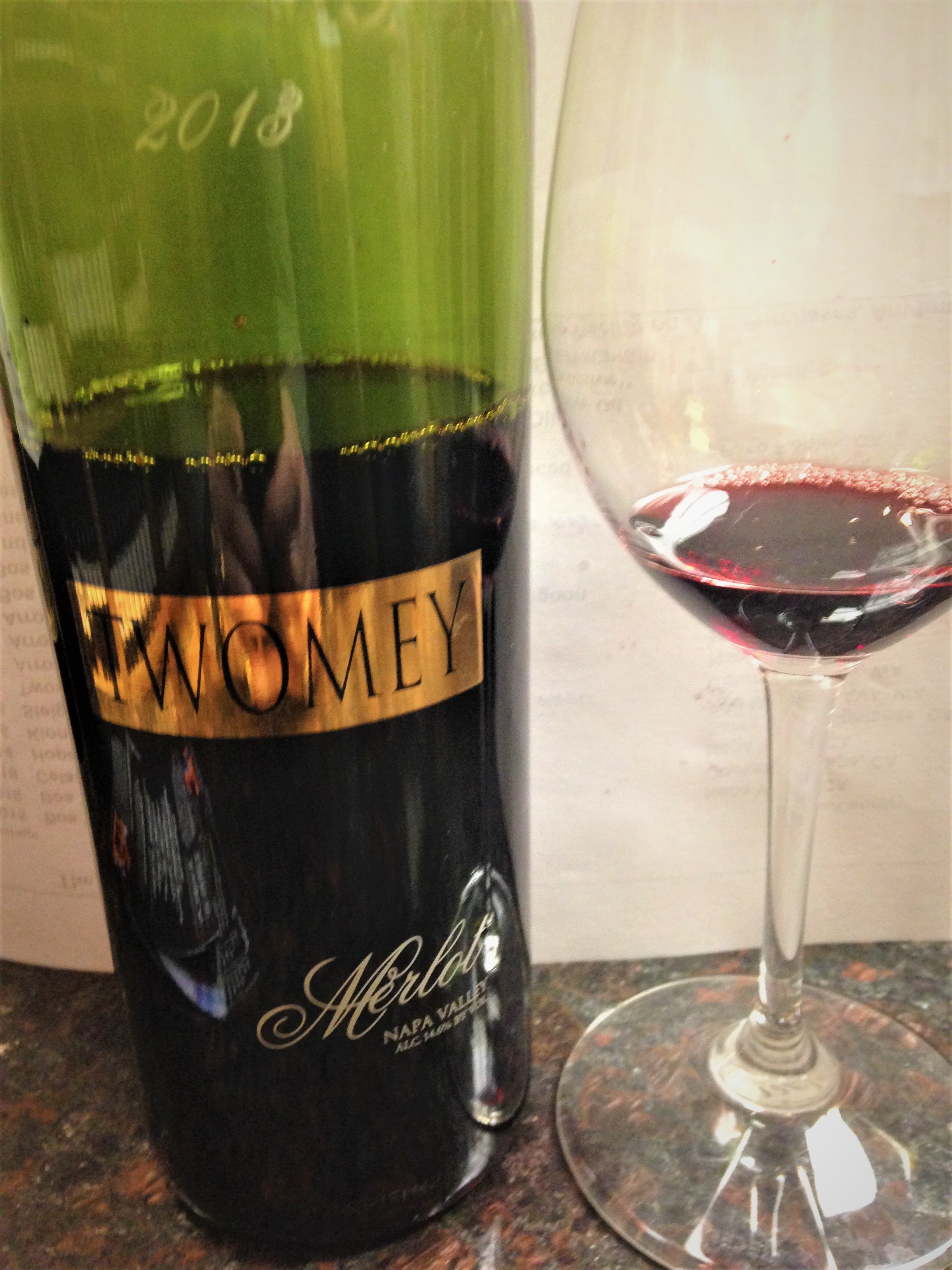There is just always something fun about tasting wines and I have two more to discuss from the last time that I was at the Fine Wine Source in Livonia, Michigan. A good wine shop is just like finding a good specialty shop in all fields of retail. The modern world seems to enjoy cold sterile big box atmospheres, because they have done the research and they have no need to discuss any purchase with a “mere” employee. I am sure that I am biased, but with my decades of experience in the realm of retail, I can tell you that some retail establishments are like a pair of old house shoes, just too comfortable to change. Or maybe it is just because I am an old raconteur and I enjoy being in the company of other like-minded individuals. A good wine shop will learn the needs of its regular customers and then guide them to the proper selections; and if there is a chance to try the wine, what could be better? I am used to being in Michigan, and the law calls for a one ounce pour for a tasting, I mean we would all like a nice glass of wine, but an ounce is actually enough to do a tasting proud.

Twomey Cellars produces Pinot Noir, Merlot and Sauvignon Blanc from vineyards and coastal growing regions in California and Oregon. The Duncan Family produces Cabernet Sauvignon at Silver Oak and they established Twomey Cellars in 1999 with the purchase of Soda Canyon Ranch Vineyard in the Napa Valley. The estate now has two wineries, one in Calistoga dedicated to the production of Merlot and another winery in the Russian River Valley for the production of Pinot Noir and Sauvignon Blanc. I had the chance to taste the Twomey Cellars Merlot 2013 and it is a single vineyard wine from Merlot clones that produce low yield berries. Twomey also uses the consultation services of Winemaker Jean-Claude Berrouet, who was the winemaker at Chateau Petrus. Twomey Cellars also uses the class Bordeaux technique of soutirage traditionnel, which is labor extensive of racking the wines from barrel to barrel using gravity and tools honed in Bordeaux to soften the tannins and make the wine more aromatic. The wine has been blended with some Cabernet Franc and Petit Verdot, but not enough to disallow the wine to be marketed as a Merlot. They use a combination of new, once-used, neutral and even Stainless Steel to age the wines for thirteen months. I am very partial to Merlot wines and I found this wine to be on the big jammy side and a bit sweeter than I anticipated with some classic spice, but it was a pleasure to taste and it had a nice finish to it. Just a great wine for everyone’s palette.

The last wine that I tasted was Anderson’s Conn Valley Vineyards Cabernet Sauvignon 2017 from Napa Valley. Todd Anderson established this winery in 1983 with forty acres just south of Howell Mountain in St. Helena, but the winery traditionally uses the Napa Valley AVA. The first vintage was in 1987 and they maintain a limited production and it is mainly distributed through its mailing list. Todd Anderson also owns the cult wine from Napa with the label Ghost Horse. This is the third year that they are making this wine and the majority of the fruit is estate grown, and there is three percent Cabernet Franc and one percent Merlot blended into the wine for roundness. There is about seventeen months of barrel aging with fifteen percent new French Oak. I found this wine to be instantly likeable, it was very chewy and a good amount of terroir that made me smile and a nice finish. For a mid-priced Napa Valley Cabernet Sauvignon, I thought this wine delivered like some of the bigger boys.
